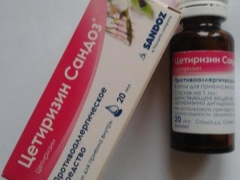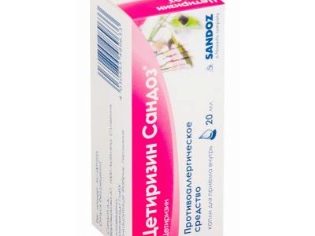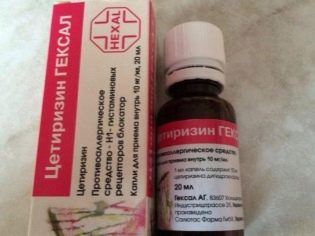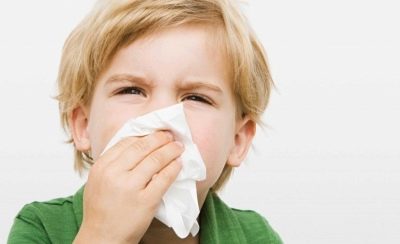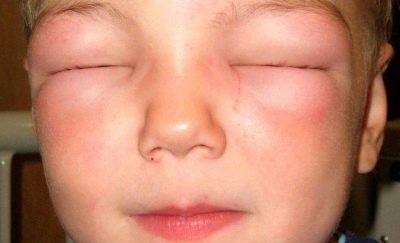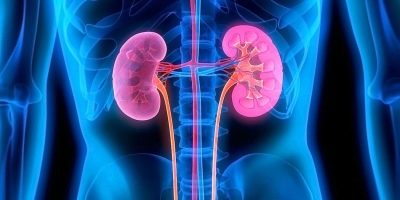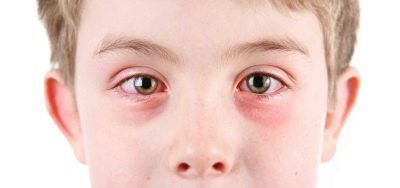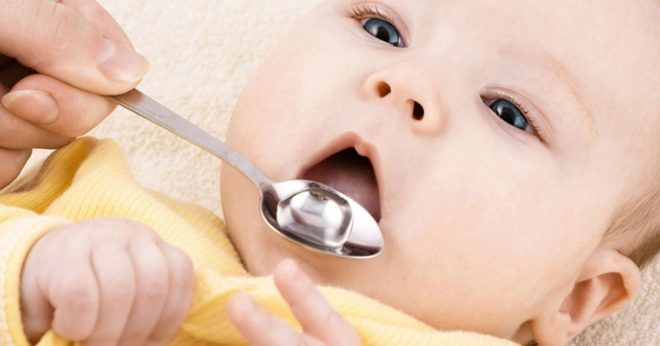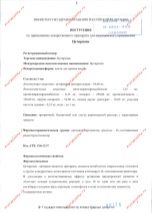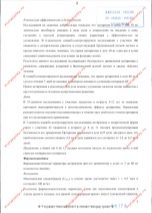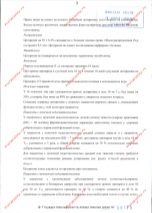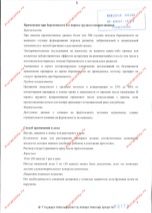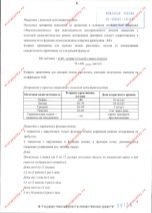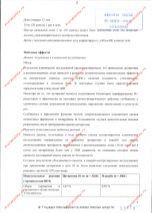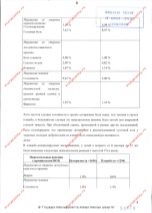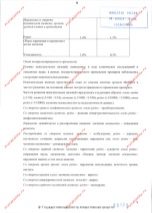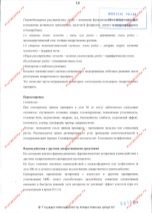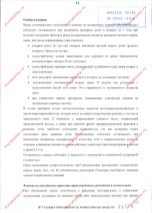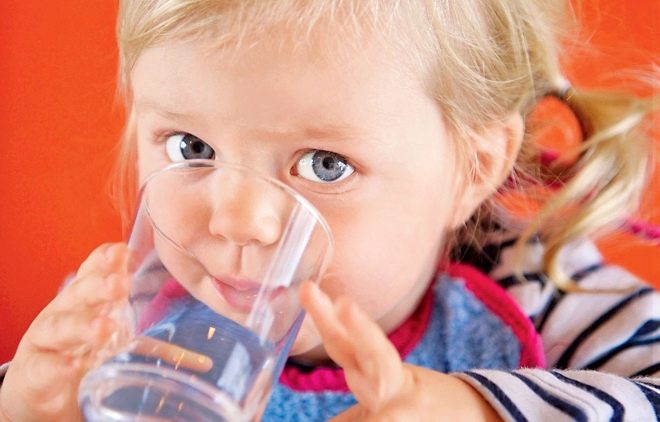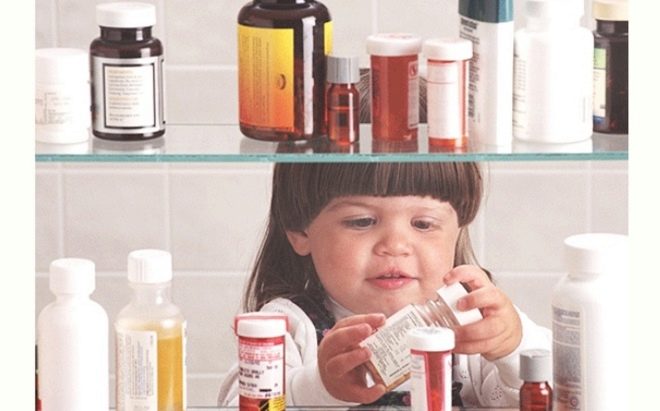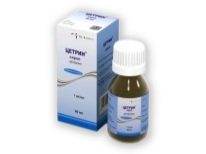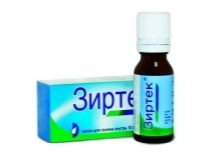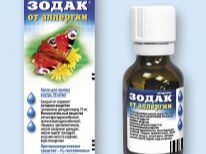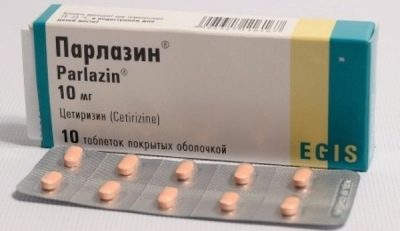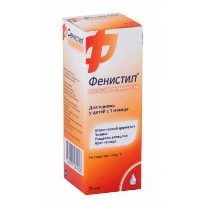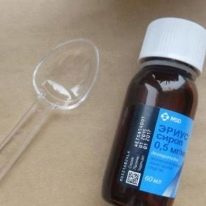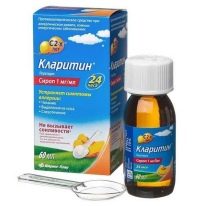Drops "Cetirizine" for children: instructions for use
In the treatment of allergic reactions in children most often use second-generation antihistamines, because they are less likely to cause side effects and do not provoke addiction. One of them is the Russian drug Cetirizine, which is produced by Ozone.
For young patients it is especially convenient to use the liquid form of such a medicine - drops. In order for the medication to help the child quickly get rid of unpleasant symptoms or prevent the onset of allergies, you should know when this remedy is prescribed to children and in what dosages they use.
Release form
"Cetirizine" in liquid form is a clear solution poured into vials of 10 or 20 milliliters. So that it does not deteriorate, the bottle is made of dark glass, and for convenience of dispensing the lid is made in the form of a dropper. The solution itself is usually colorless, but may be slightly brownish. The smell of the drug is characteristic, and the taste drops a little sweetish, so most children accept them without too much difficulty.
Composition
The active ingredient "Cetirizine" in drops has the same name and is presented in the form of dihydrochloride. Its amount in 1 ml of solution is 10 mg, and in one drop - about 0.5 mg (in 10 drops, respectively, there will be 5 mg). Additionally, the medication contains propylene glycol, sodium saccharinate, acetic acid, glycerol, and some other components that prevent its deterioration and allow it to remain liquid.
Operating principle
"Cetirizine" has the ability to block receptors for histamine - the active substance, which is released during allergic reactions. By contacting the receptors instead, the drug prevents the development of allergies or helps to quickly eliminate its symptoms - itching, swelling, rashes, erythema, nasal discharge, and so on.
"Cetirizine" shows good efficacy in the initial stage of an allergen reaction when the release of histamine has just begun. No less effective drops and at a late stage, because they can reduce cell migration and vascular permeability, resulting in swelling decreases, and smooth muscles relax.
The therapeutic effect after taking the medication is quite long - it begins to appear approximately 20 minutes after administration and lasts for 24 hours or longer. (the younger the child, the shorter the half-life of cetirizine). Habituation to such drops is not noted, and after cancellation, their effect persists for several more days.
Most of the medication is excreted by the kidneys, so kidney disease can affect such a process and the remedy is often prescribed in smaller doses.
Indications
Cetirizine drops are used to eliminate various allergy symptoms, including sneezing, tearing, itching, rashes, nasal congestion, and so on. The drug is in demand and, if desired, to prevent the development of clinical manifestations at high risk of contact with the allergen, for example, during the flowering period of plants with an allergy to pollen in a child.
The drug is prescribed to children with:
- allergic rhinitis;
- urticaria;
- atopic dermatitis;
- allergic conjunctivitis;
- angioedema;
- severe itching, for example, with chickenpox;
- bronchial asthma with a mild course.
At what age is children prescribed?
Drops "Cetirizine" is contraindicated in small patients of the first 6 months of life. A child younger than one year old - between the ages of six and twelve months - is allowed to give the drug only by order of the doctor and under the supervision of a specialist. If a small patient is 6 years old, you can switch to taking pills, as this is often more convenient (they have a small size and the daily dose is one tablet), but if necessary, take “Cetirizine” in drops can also be patients 6-12 years old and older teens
Contraindications
The drug is not used if the child has hypersensitivity to cetirizine or intolerance to any inactive component of the drops. In case of a malfunction of the kidneys, the medicine is given with caution, reducing the dosage or frequency of taking drops.
Control by a physician is also needed when using Cetirizine in children with an increased risk of seizures, for example, if epilepsy is diagnosed in a small patient.
Side effects
Tolerability of the drug and doctors, and parents rate as good. However, occasionally "Cetirizine" provokes headaches, drowsiness, dry mouth, abdominal pain, nervous agitation, diarrhea, runny nose and other negative phenomena. When these or other adverse symptoms occur, it is recommended that you stop using the drops and report the child's reaction to the drug to your doctor.
Instructions for use
The medication is given regardless of the time of meals 1-2 times a day - the drug is taken in full daily dose in the evening or the number of drops prescribed per day is divided equally into two doses. "Cetirizine" can simply drip into a spoon and give the child to swallow, washed down with water. It is also permissible to dilute the drug with water, that is, to drop the required number of drops into a glass or spoon with a small amount of liquid (its volume must be such that the patient drinks the drug without any problems).
For children younger than one year, the daily dose is 2.5 mg cetirizine, which corresponds to 5 drops. A child 1-6 years old gives 10 drops per day, that is, at this age, children should take 5 mg of active substance daily. If the drug is prescribed to a patient over six years old, then usually the daily dosage is 20 drops, of which the child will receive 10 mg of cetirizine.
It is recommended to increase the dose or, on the contrary, reduce it only after consulting a doctor.
The duration of treatment with "cetirizine" is different for different diseases, so it should also be clarified with a specialist. In acute allergies, medication is taken on average 10-14 days, and if the symptoms have passed until the end of the course of therapy prescribed by the doctor, the medication can be canceled earlier. For prophylactic purposes, drops can be administered for several months.
Overdose and compatibility with other drugs
If a child accidentally drinks more drops than it is supposed to by age, it can lead to diarrhea, fatigue, dizziness, itching, weakness, headache, and other symptoms. If the general condition deteriorates, it is recommended to show the small patient to the doctor so that he prescribes supportive treatment. As for the combination of "cetirizine" with other medicines, the manufacturer does not mention cases of incompatibility, so the drops can be used with any other medicines.
Terms of sale and storage
“Cetirizine” in drops is an over-the-counter medicine, but consultation with a doctor is obligatory (especially if you are under 6 years old) before using it in children. For a bottle of 20 ml you need to pay an average of 150-160 rubles. Storage of the drug at home is recommended in the reach of children at a temperature below +25 degrees. The shelf life of the drops is 3 years.
Reviews
The use of "cetirizine" in drops in children speak mostly positively. The medicine is praised for its convenient shape, pleasant taste and quick action.According to parents, taking such a remedy helped to quickly get rid of itching, watery eyes, nasal discharge, sneezing and other allergic symptoms.
The need to take only once a day is also attributed to the benefits of the medicine, because in childhood it is sometimes difficult to give medicines several times a day. Among the disadvantages of the drug is usually noted its cost - although the price of "Cetirizine" is much lower than that of foreign drops with the same active compound, but many parents still consider it a tall one.
Analogs
Replacing "cetirizine" can be other drugs, which include the same active ingredient. Among them, the following medications are available in drops:
In addition, "Cetrin" is another liquid form - a sweet syrup containing 1 mg of cetirizine in 1 ml of the drug. Such a drug can be used in children older than two years.
Many analogues are also produced in tablets, but they should not be given to patients younger than six years.
If you need an antihistamine drug with another active ingredient, the doctor may prescribe "Claritin», «Suprastinex"," Erius "," Fenistil "," Lomilan ","FancarolOr another medicine. Since each of these medicines has its own contraindications and age restrictions, it is necessary to choose such analogues for a child only with a doctor.
You will learn more about Cetirizine by watching the following video.
